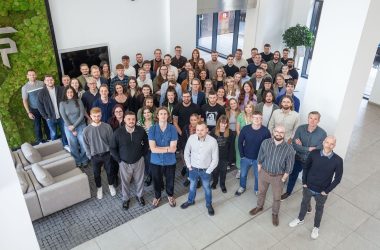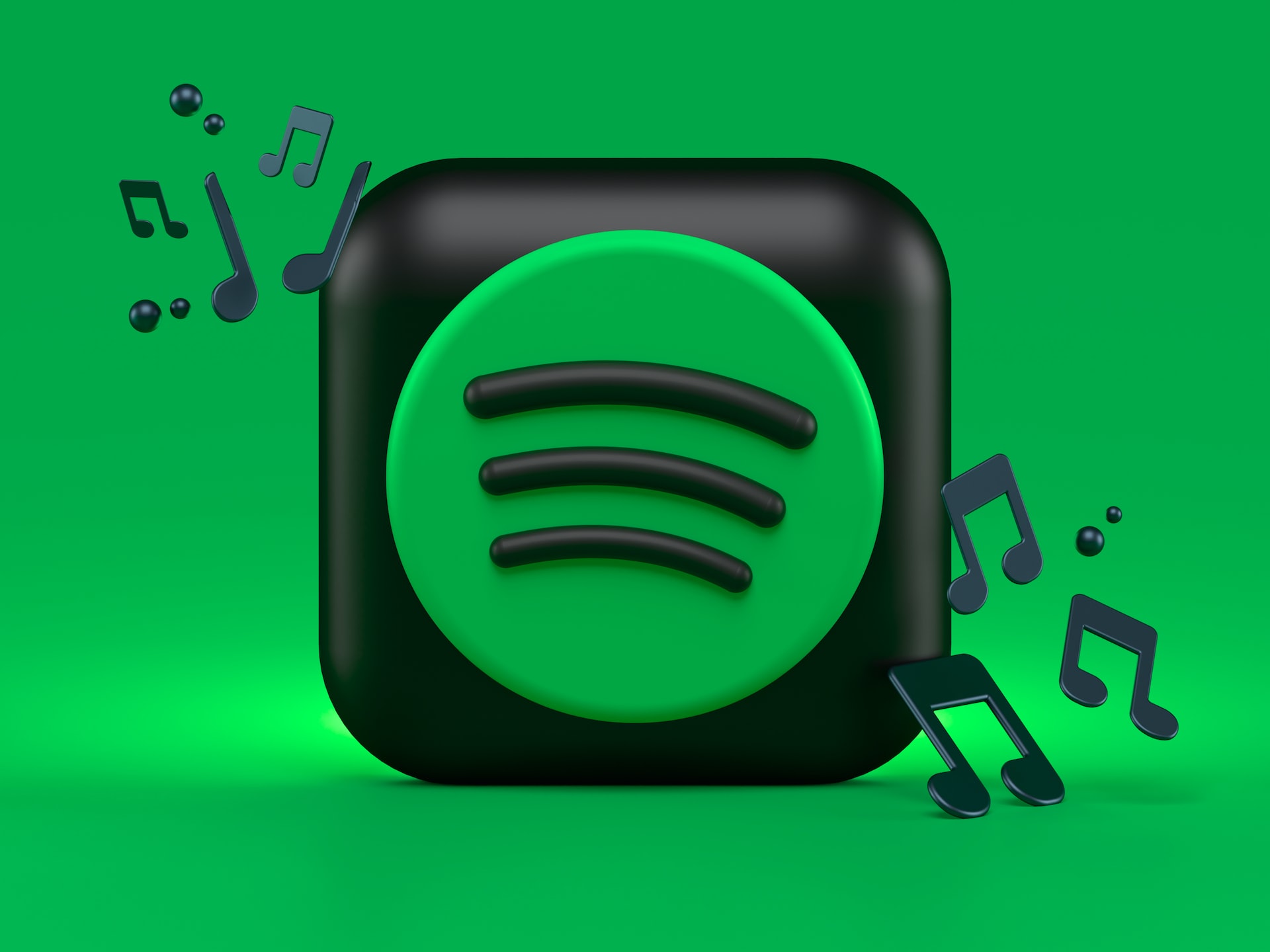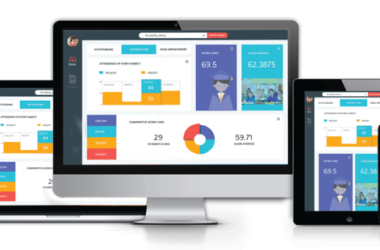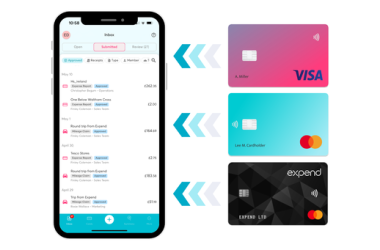Last Updated on: 22nd November 2023, 02:15 am
Learn how music streaming business Spotify raised the tempo of its internal digital product design and delivery workflows.
As Spotify recently experienced, even the most cutting-edge tech companies face familiar challenges when it comes to managing teams effectively.
Spotify is the world’s largest streaming music provider. Its services are available on a wide range of platforms, including Apple’s iOS and MacOS, Android, Windows, web, smart TVs and in-car entertainment systems. To ensure an engaging customer experience across all these platforms, Spotify has a dedicated design team of over 350 people to implement, maintain and continuously improve the design of its products.
Optimising digital workflows to drive productivity and quality
Spotify is respected across the global creative community for the quality and consistency of its digital design. The company’s Design Platform leadership is tasked with improving the way internal design teams work – to continuously push the quality and speed of design execution.
Spotify initiated a business-wide review of its design work processes to deploy strategic thinking to improve productivity.The business needed an in-depth understanding of workflows – to remove bottlenecks for designers, while enhancing digital productivity and the working experience.
They engaged London-based digital product consultancy Elsewhen as a strategic partner to review design workflows – and recommend changes to support Spotify’s objectives and key results (OKRs).
Researching work processes for evidence-based improvement
During the project, the consultancy embedded its people into the Spotify design teams – to gain a deep understanding of their real-world processes and how to improve these. The consultancy’s activity was focused on four main areas.
- User research: They conducted interviews with Spotify team members to gain first-hand insight into user needs and working processes.
- Process mapping: They mapped out the current product design workflows, and visualised the findings – as a basis for discussion and identification of opportunities.
- Service design: They then proposed enhancements to methods, tooling and workflows. All the consultancy’s work was delivered as live and interactive artefacts – captured in Figma, Miro and other collaborative tools.
- Rapid prototyping: The consultancy created digital prototypes to test ideas for improvements in the design workflow. Moving from static mock-ups to clickable prototypes helped the team gain invaluable user feedback. It equipped Spotify with tested ideas ready for further development.
Creating a living blueprint for service design transformation
The new service blueprint was a key output of the project. This illustrated the workflow across people, systems and processes – and the areas where research showed opportunities for improvement.
The consultancy approached this from a data-driven perspective, specifying metrics to track areas for improvement – and make sure that all opportunities for positive change were backed by meaningful data evidence.
With this aim, they augmented the blueprint with an outline of the data flow through the process – and the metrics to focus on at each step.
Delivering on a commitment to employee experience and efficiency
The research and recommendations enabled meaningful change to help Spotify meet its OKRs. It helped the Design Platform team to support Spotify’s target of enhancing employee effectiveness.
To share the benefits more widely, in 2021 Spotify and the consultancy agency jointly released a public-domain version of the Spotify Design Productivity Blueprint to the global design community. This diagnostic toolkit includes workshops, interview templates, and a productivity canvas, to help communicate findings and needs to the organisation. By mid-2022, it had been downloaded by more than 6,000 Figma community members worldwide.
As Spotify’s Design Team concluded: “Empowering teams and individuals to do their best work is an ongoing concern for Spotify. With that in mind, we worked in partnership with Elsewhen to measure – and ultimately evaluate and improve – designer productivity. Being removed from the organisational day-to-day, and with deep experience in resolving similar challenges for other companies, they were ideally placed to objectively engage with workflow issues.”









